Home>Dining>Events & Etiquette>What Is Common Table Etiquette In Spain?
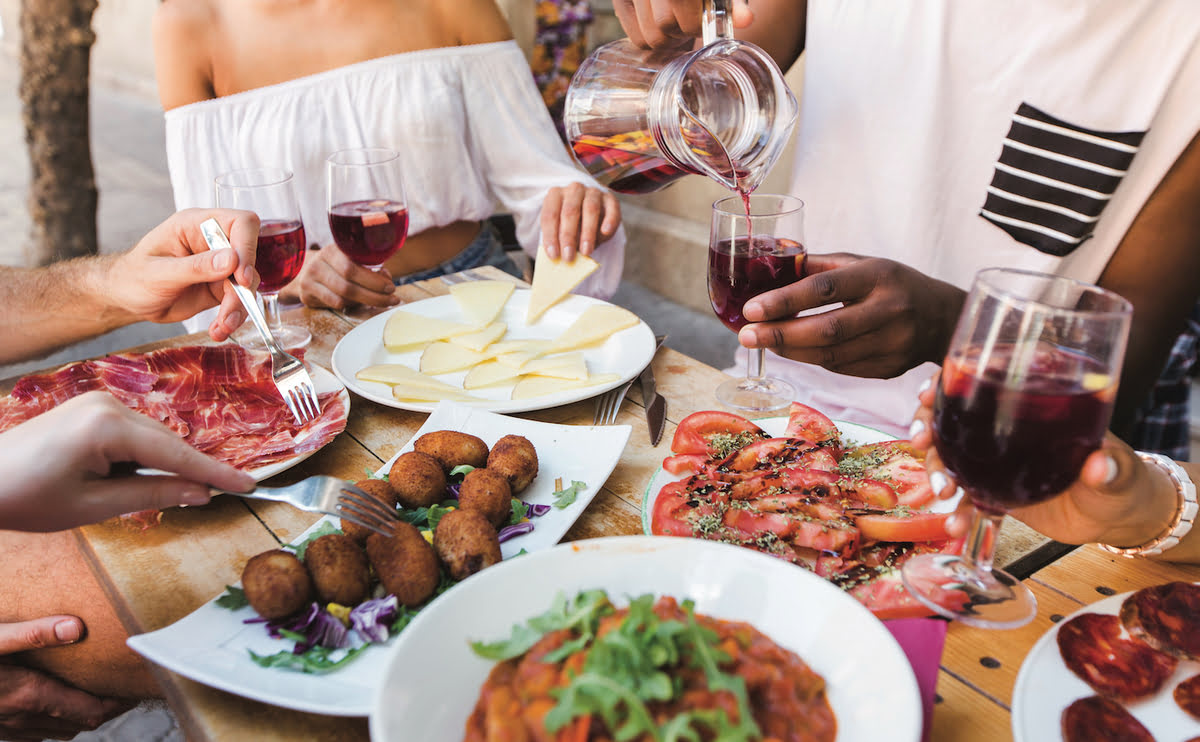

Events & Etiquette
What Is Common Table Etiquette In Spain?
Modified: January 4, 2024
Discover the common table etiquette in Spain and learn about proper manners and customs for events and gatherings. Enhance your knowledge of events etiquette in Spain with our insightful guide.
(Many of the links in this article redirect to a specific reviewed product. Your purchase of these products through affiliate links helps to generate commission for Storables.com, at no extra cost. Learn more)
Introduction
Welcome to the diverse and vibrant country of Spain, where rich cultural traditions are intertwined with exquisite gastronomy. Like many other countries, Spain has its own unique set of table etiquette customs that reflect its warm and hospitable nature. Understanding and following these etiquette practices will not only enhance your dining experience but also show respect for Spanish traditions and customs.
In Spain, mealtime is often seen as a social event, a time for friends and family to come together and enjoy good food and lively conversations. The Spanish take pride in their cuisine, known for its flavorsome dishes and exceptional ingredients. To fully appreciate the dining experience in Spain, it is important to familiarize yourself with the common table etiquette customs that shape the Spanish dining culture.
From greetings and introductions to the proper use of utensils, let’s explore the key aspects of table etiquette in Spain to ensure you can confidently navigate any dining situation in this beautiful country.
Key Takeaways:
- Embrace Spanish table etiquette to enhance dining experiences, from warm greetings to sharing food and savoring drinks. Respect traditions and create a welcoming atmosphere.
- Show respect for Spanish customs by using proper greetings, seating arrangements, and tipping practices. Embrace the conviviality of sharing food and toasting with drinks.
Read more: What Is Table Etiquette?
Greetings and Introductions
In Spain, greetings are an essential part of table etiquette. When entering a restaurant or joining a dining table, it is customary to greet everyone with a friendly “¡Hola!” (Hello) or “¡Buenas tardes!” (Good afternoon/evening), depending on the time of day.
When meeting someone for the first time, a handshake is the most common form of greeting. However, among friends and family, you may encounter a more affectionate greeting involving a kiss on both cheeks. This is known as the “dos besos” (two kisses) and is a typical Spanish greeting. It’s important to note that this custom is more prevalent in social settings, while in a formal dining situation, a handshake is more appropriate.
Introducing oneself is also a common practice in Spain, especially when dining with new acquaintances. When introducing yourself, it is customary to state your full name, followed by a polite “Encantado/a” (Nice to meet you) or “Mucho gusto” (Pleased to meet you). This gesture shows respect and helps to establish a friendly atmosphere at the table.
Additionally, when addressing someone who is older or in a position of authority, it is customary to use the formal “usted” instead of the informal “tú” form. This shows respect and is considered polite in Spanish culture.
Overall, greetings and introductions are an important aspect of table etiquette in Spain. By displaying warmth, respect, and friendliness, you will contribute to the pleasant ambiance of the dining experience.
Seating Arrangements
When it comes to seating arrangements in Spain, there are a few general customs to keep in mind. In formal dining settings, there is often a designated seating plan that is carefully arranged based on hierarchy or the order of importance of guests.
The host or hostess will typically guide you to your assigned seat. However, if there is no specific seating plan, it is polite to wait for the host or hostess to indicate where you should sit. Generally, the head of the household or the person hosting the event will sit at the head of the table, known as the “cabecera.”
Furthermore, it is customary in Spain for men to hold the chair for women when they are being seated. This small gesture of courtesy is considered polite and respectful. However, it is important to note that gender equality is becoming more prevalent in Spanish society, so this custom may not always be followed strictly.
If you are attending a more casual meal or gathering, seating arrangements may be less formal. In this case, you can choose your own seat based on personal preference or the available seating options.
Overall, whether dining in a formal or informal setting, respecting the seating arrangements and following the lead of the host or hostess is a key aspect of table etiquette in Spain.
Table Manners and Etiquette
When it comes to table manners and etiquette in Spain, there are a few important customs to be aware of to ensure a pleasant dining experience:
- Napkin Etiquette: Upon sitting down, immediately unfold your napkin and place it on your lap. Use the napkin to dab your mouth and fingers throughout the meal. Remember to never tuck your napkin into your collar, as it is considered impolite.
- Chewing with Mouth Closed: It is considered good manners to chew with your mouth closed and avoid speaking with food in your mouth. This practice shows respect to those around you and maintains a more pleasant dining environment.
- Avoiding Offensive Gestures: While it may be common to use gestures while conversing in Spain, be aware of any offensive gestures that could be misinterpreted. For example, pointing your finger or tapping your forehead could be seen as rude or disrespectful.
- Respecting Personal Space: When dining, it is important to respect the personal space of others. Avoid leaning too closely to your fellow diners or reaching across them to grab food or utensils.
- Engaging in Polite Conversation: Spanish culture places emphasis on the social aspect of dining. Engage in lively conversation, but be mindful to avoid controversial or sensitive topics, such as politics or religion.
- Using Polite Phrases: Use polite phrases such as “por favor” (please) and “gracias” (thank you) when interacting with the waitstaff or others at the table. It is always appreciated to show gratitude and politeness.
By adhering to these table manners and etiquette practices, you will demonstrate respect for Spanish dining customs and contribute to a positive and enjoyable dining experience for everyone involved.
Bread and Butter
In Spain, bread plays a significant role in the dining experience, and there are a few etiquettes to follow when it comes to bread and butter:
- Placement: When you are seated at the table, you will often find a small plate or bread basket along with individual butter portions. It is customary to leave the bread on the table, rather than placing it on your dinner plate.
- Tearing and Buttering: Instead of cutting the bread with a knife, it is common practice in Spain to tear off bite-sized pieces of bread. Once you have your piece of bread, use the butter knife to spread butter on the torn piece before eating. Avoid spreading butter directly on the whole slice of bread.
- Breaking Bread: In Spanish culture, it is considered a friendly gesture to offer a piece of bread to those sitting near you. To do this, tear off a small piece and offer it to your fellow diners. This act showcases the warmth and camaraderie of Spanish dining.
It’s important to note that bread is typically viewed as a side accompaniment to the meal rather than the main focus. Avoid overeating bread, as it may be seen as impolite or filling up before the main course is served.
By following these bread and butter etiquettes, you will seamlessly integrate into the Spanish dining culture and appreciate the importance of bread in their gastronomy.
In Spain, it is common to wait for the host to start eating before you begin. Also, it is polite to keep your hands on the table, not in your lap, during the meal.
Use of Utensils
In Spain, the use of utensils follows a generally standard practice, with a few important guidelines to keep in mind:
- Start with the Outer Utensils: When multiple utensils are provided, such as forks and knives, start with the utensils on the outside and work your way in as the meal progresses. This indicates the order in which the courses will be served.
- Hold Utensils Properly: Hold the utensils with the appropriate grip, keeping your hand positioned towards the bottom of the utensil handles. Avoid holding utensils like a dagger or with a tightly clenched fist.
- Use the Knife and Fork: Meals in Spain are typically eaten using a knife and fork. The knife is held in the right hand and used for cutting food, while the fork is held in the left hand and used for holding and guiding the food to your mouth. Avoid using your hands to pick up food, unless it is intended to be eaten by hand, such as tapas or finger foods.
- Resting Position: When taking a break from eating, rest your utensils on the edge of the plate, with the tips of the fork and knife facing upward in a “V” shape. This indicates to the waitstaff that you have not finished your meal.
- Finished Position: Once you have finished your meal, place your utensils parallel to each other across the top half of your plate. This signals to the waitstaff that you are done eating.
- Navigating Bones and Seeds: When encountering bones or seeds in your food, discreetly use your knife or a utensil to remove them from your mouth. Spit them out into a napkin or discreetly place them on the edge of your plate.
By following these guidelines, you will be able to navigate the use of utensils gracefully and participate in a respectful dining experience while enjoying the delicious cuisine of Spain.
Sharing Food
In Spain, sharing food is a common practice and adds to the conviviality of the dining experience. Here are some important aspects to consider when it comes to sharing food:
- Tapas Culture: Spain is famous for its tapas culture, where small plates of various dishes are shared among a group. When dining in a tapas bar or restaurant, it is typical to order a variety of tapas to share with everyone at the table. Each person can take a small portion of each dish. This allows you to sample a wide range of flavors and enjoy the communal aspect of dining.
- Passing Dishes: When sharing larger dishes or main courses, it is customary to pass the plates to your fellow diners instead of reaching across the table. This allows everyone to easily access the food and maintain a friendly and inclusive atmosphere.
- Offering Food: It is considered polite to offer food to those sitting near you before serving yourself. This gesture emphasizes the spirit of sharing and shows consideration for others at the table.
- Mindful Portions: When serving yourself from shared platters, try to take moderate portions to ensure that everyone has an opportunity to enjoy the dish. Avoid taking an excessive amount of food, as it may be seen as inconsiderate or greedy.
- Respecting Dietary Restrictions: Be mindful of any dietary restrictions or preferences that your fellow diners may have. If you are sharing food, make sure to inquire about any allergies or dietary restrictions, and try to accommodate them when selecting dishes or sharing plates.
By embracing the concept of sharing food, you will not only indulge in the diverse flavors of Spanish cuisine but also create a warm and inclusive dining experience where everyone can enjoy the delicious offerings together.
Drinking Etiquette
Spain is known for its vibrant wine, sangria, and beer culture, and understanding the drinking etiquette will enhance your overall dining experience. Here are some important guidelines to consider:
- Toast and Cheers: When raising a glass for a toast, it is customary to maintain eye contact with the other person and say “¡Salud!” which means “Cheers!” It is considered impolite to take a sip before the toast.
- Wine Pouring: If you are the host or the person responsible for pouring the wine, it is customary to fill glasses to about three-quarters full. This allows room for the wine to breathe and allows guests to swirl the wine in their glass to enhance its aroma.
- Sip and Savor: When enjoying wine or any alcoholic beverage, take small sips rather than drinking quickly. Savor the flavors and aromas. It is also important to pace yourself and drink responsibly.
- Accepting Refills: If someone offers to refill your drink, it is polite to accept, as it shows appreciation for their generosity. However, feel free to decline if you have had enough or prefer not to have more.
- Respecting Non-Drinkers: Not everyone in Spain consumes alcohol, and it is important to respect those who choose not to. If someone at the table does not drink alcohol, avoid pressuring them or making them feel uncomfortable about their choice.
- Paying for Rounds: In social settings, it is common for rounds of drinks to be bought, with each person taking their turn to pay. If you are included in a round, it is customary to reciprocate and buy a round as well.
By observing these drinking etiquettes, you will be able to fully enjoy the beverage culture in Spain while also respecting the customs and preferences of those around you.
TippingTipping customs in Spain may not be as prevalent as in some other countries, but it is still appreciated to show gratitude for excellent service. Here are some guidelines to keep in mind:
- Restaurant Service: In most cases, the gratuity is already included in the bill, often listed as “servicio” or “servicio incluido.” However, if the service has been exceptional, it is customary to leave a small additional tip as a gesture of appreciation. This is usually around 5-10% of the total bill.
- Bar and Café Service: In bars and cafés, it is not expected to leave a tip, especially for a quick coffee or drink. However, if you have received particularly friendly or attentive service, it is considerate to leave a small tip on the bar counter or in the tipping jar, usually around 1 euro or spare change.
- Taxi Service: Tipping taxi drivers is not a common practice in Spain. However, it is customary to round up the fare to the nearest euro or leave a small amount as a token of appreciation for a pleasant journey or assistance with luggage.
- Hotel Service: If you receive exceptional service from hotel staff, such as the concierge or bellboy, it is customary to leave a small tip as a sign of gratitude. This can be around 1-2 euros per service rendered.
- Other Services: For other services such as hairdressers, spa treatments, or tour guides, it is common to leave a tip if you are satisfied with the service provided. This can range from 5-10% of the total cost.
While tipping in Spain is not mandatory, it is a way to recognize and appreciate good service. Remember to always consider the quality of service received and tip accordingly.
Lastly, it is advisable to hand the tip directly to the service provider and say “Gracias” (Thank you), acknowledging their efforts.
Read more: Table Etiquette: What To Do When Done Eating
Conclusion
Understanding and practicing proper table etiquette in Spain can greatly enhance your dining experiences and allow you to fully immerse yourself in the rich cultural traditions of the country. From greetings and introductions to sharing food and toasting with drinks, following these etiquettes shows respect for Spanish customs and creates a welcoming and enjoyable atmosphere.
Remember to greet everyone with warmth and use polite phrases when interacting with waitstaff or fellow diners. Familiarize yourself with the seating arrangements and follow the lead of the host or hostess. Use utensils correctly, participate in the tradition of sharing food, and show appreciation for excellent service by leaving a small tip if warranted.
By embracing these table etiquettes, you will not only demonstrate your respect for Spanish traditions, but also enhance your own dining experiences. The Spanish dining culture is a reflection of their warm and inviting nature, and by incorporating these customs into your dining experiences, you will be able to fully appreciate the flavors, the company, and the vibrant atmosphere that Spain has to offer.
So, whether you are dining in a tapas bar, savoring a delicious paella, or enjoying a glass of Spanish wine, remember to greet, share, and savor the experience with these table etiquettes in mind. ¡Buen provecho!
Frequently Asked Questions about What Is Common Table Etiquette In Spain?
Was this page helpful?
At Storables.com, we guarantee accurate and reliable information. Our content, validated by Expert Board Contributors, is crafted following stringent Editorial Policies. We're committed to providing you with well-researched, expert-backed insights for all your informational needs.
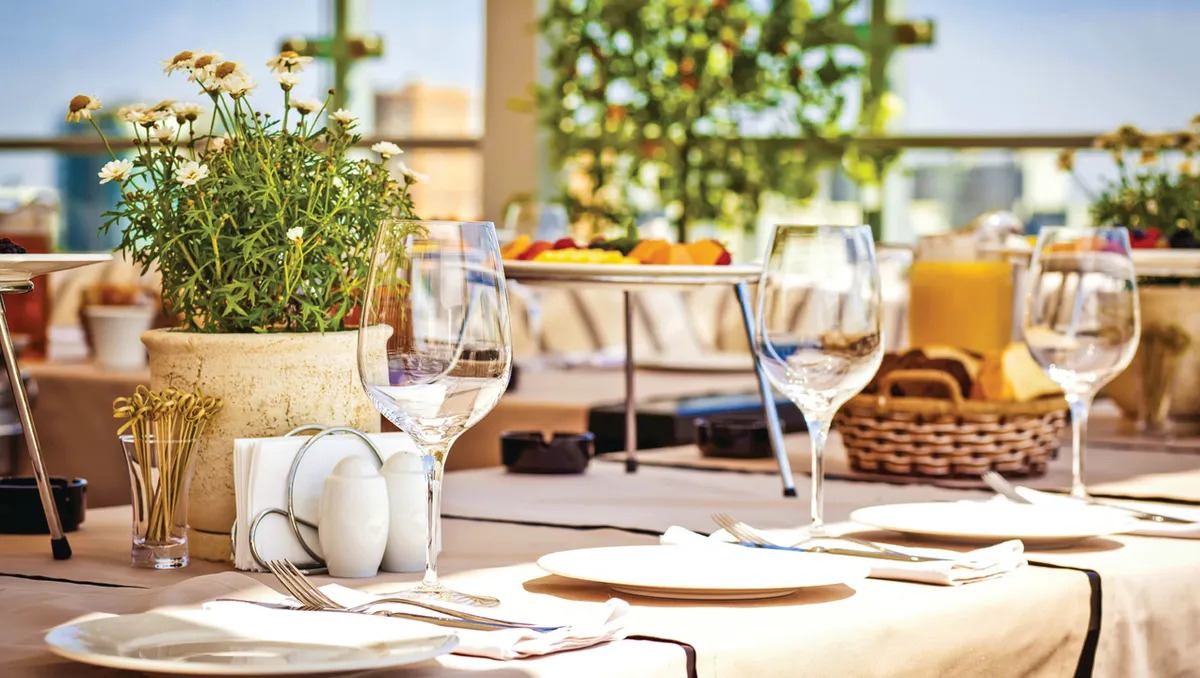
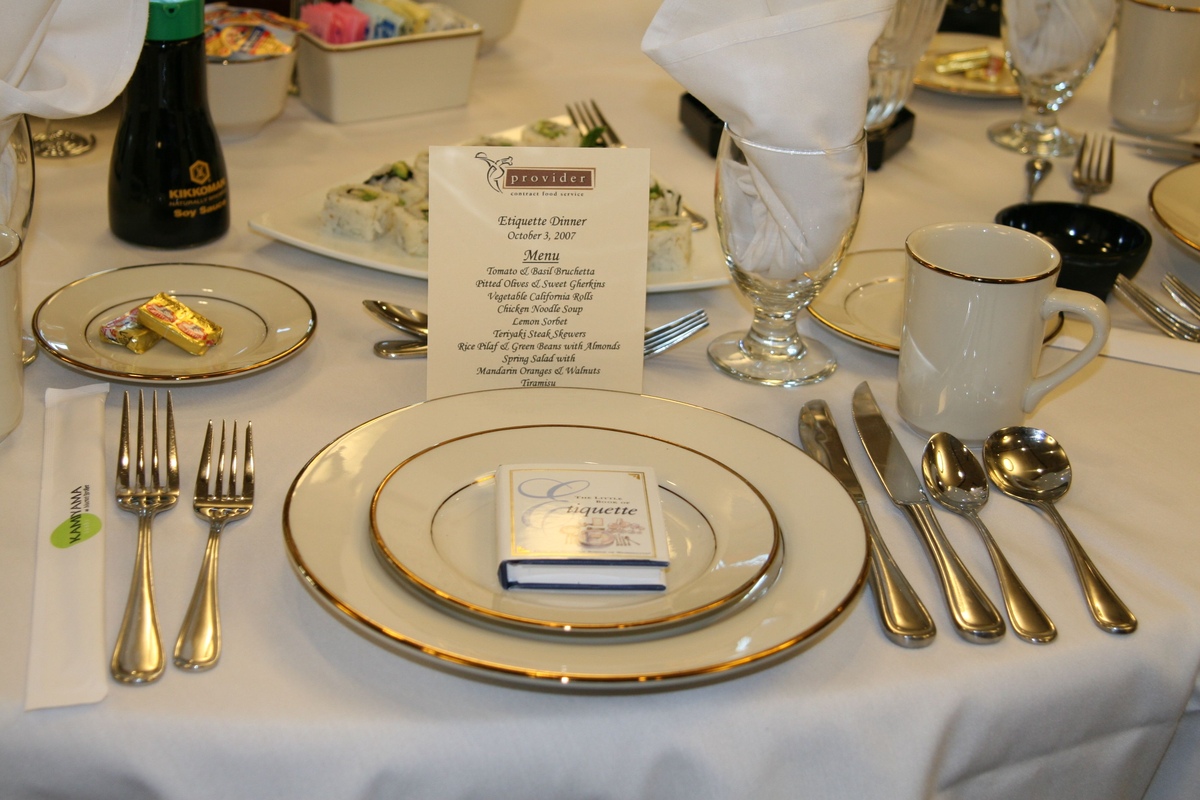
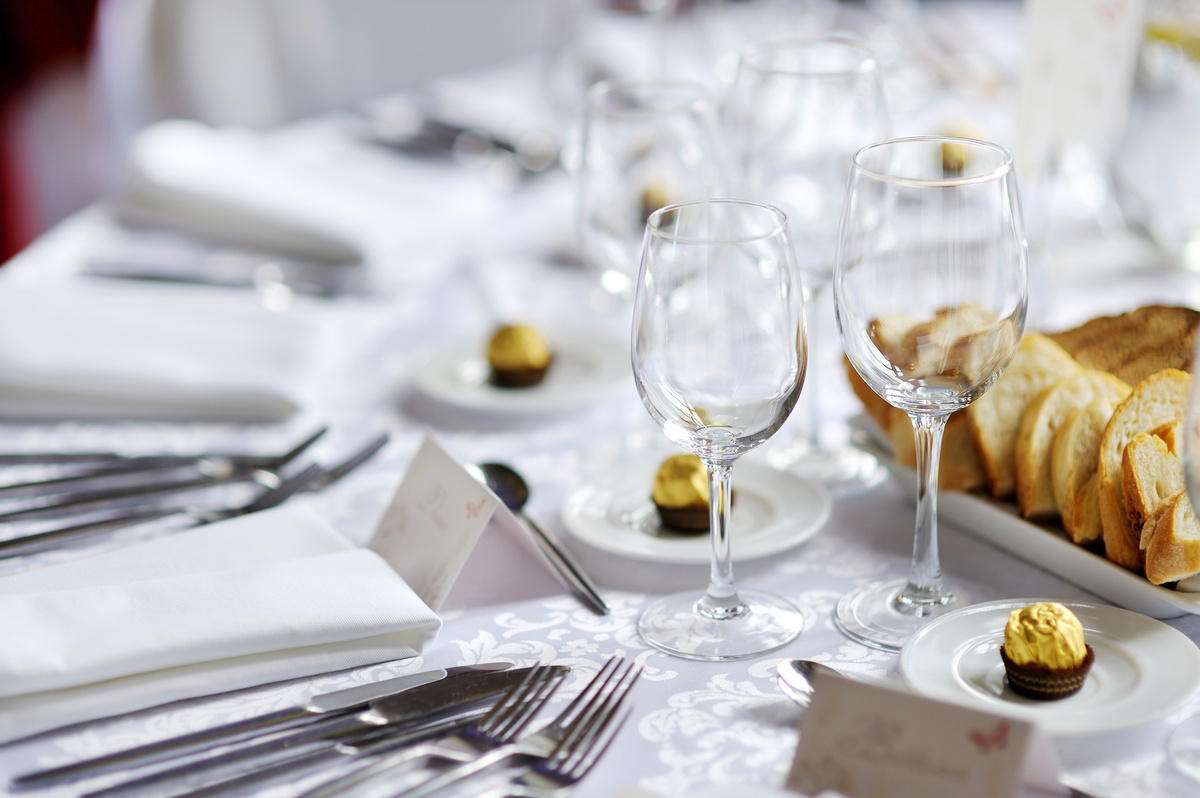
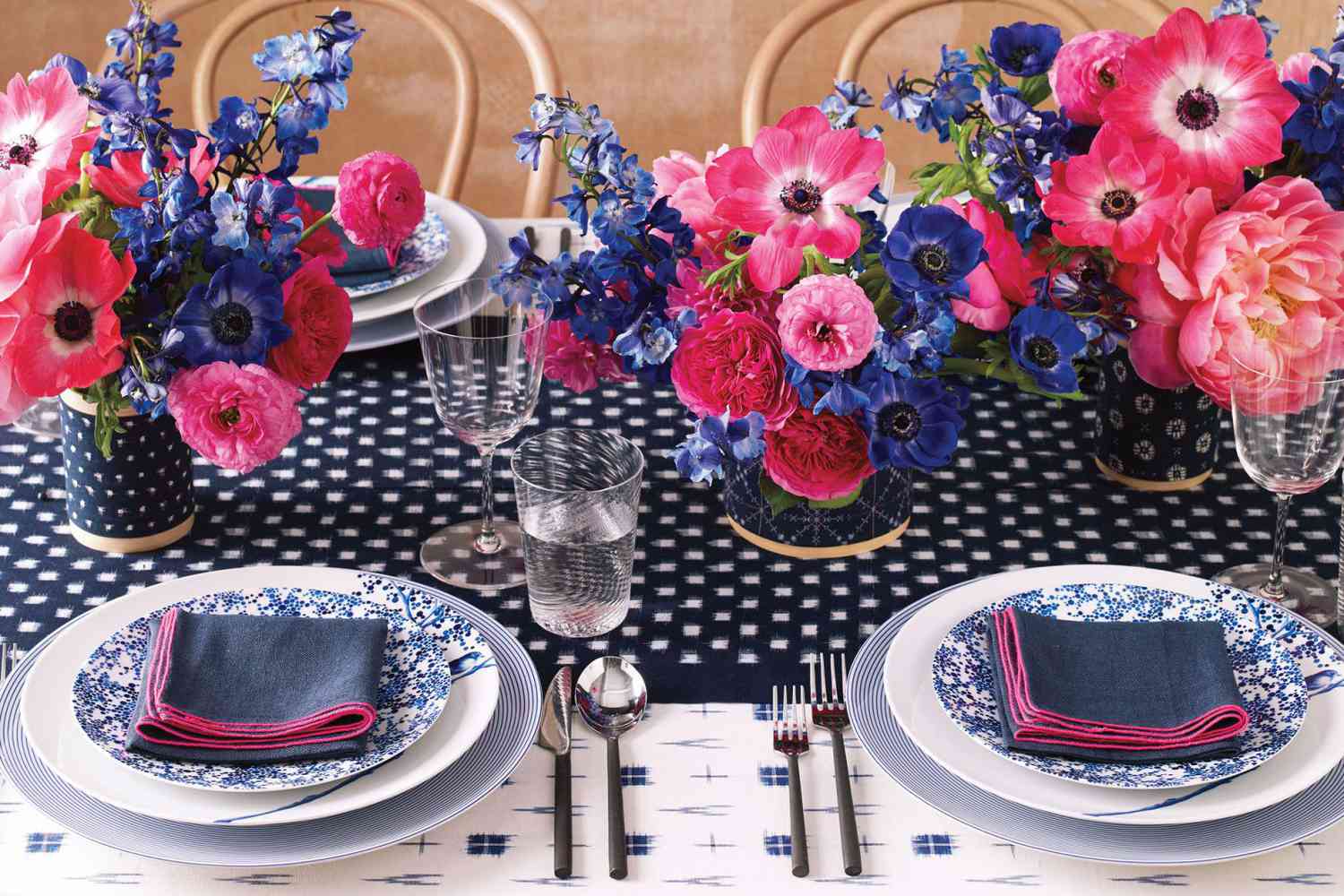
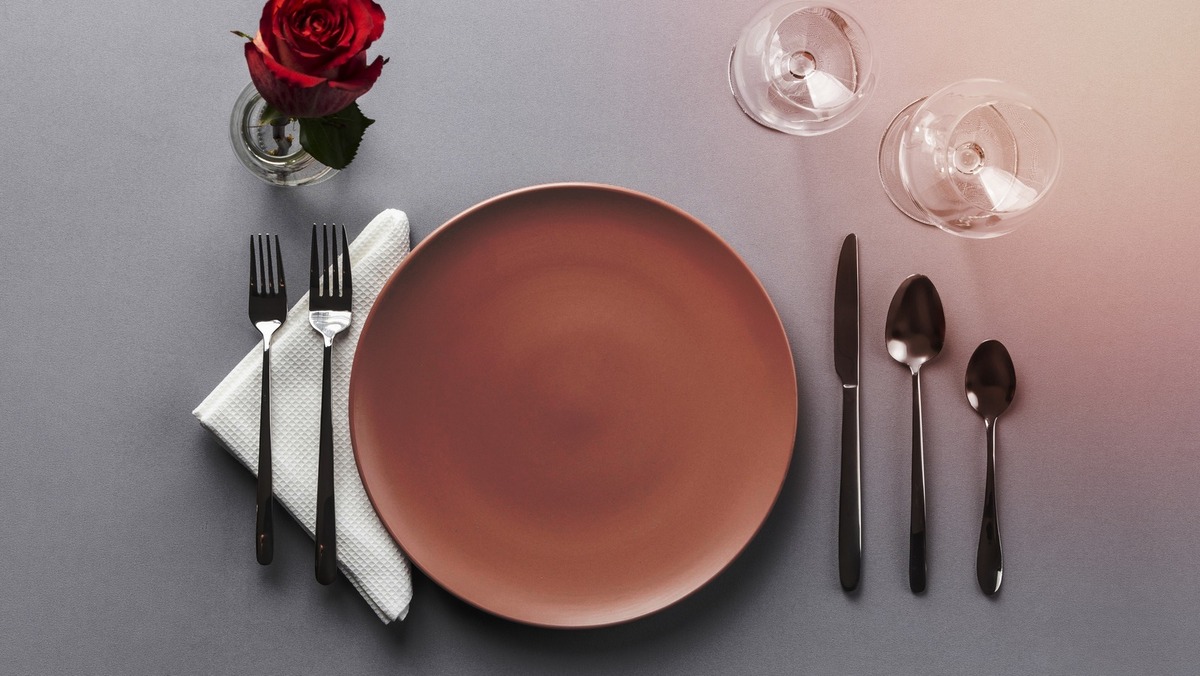
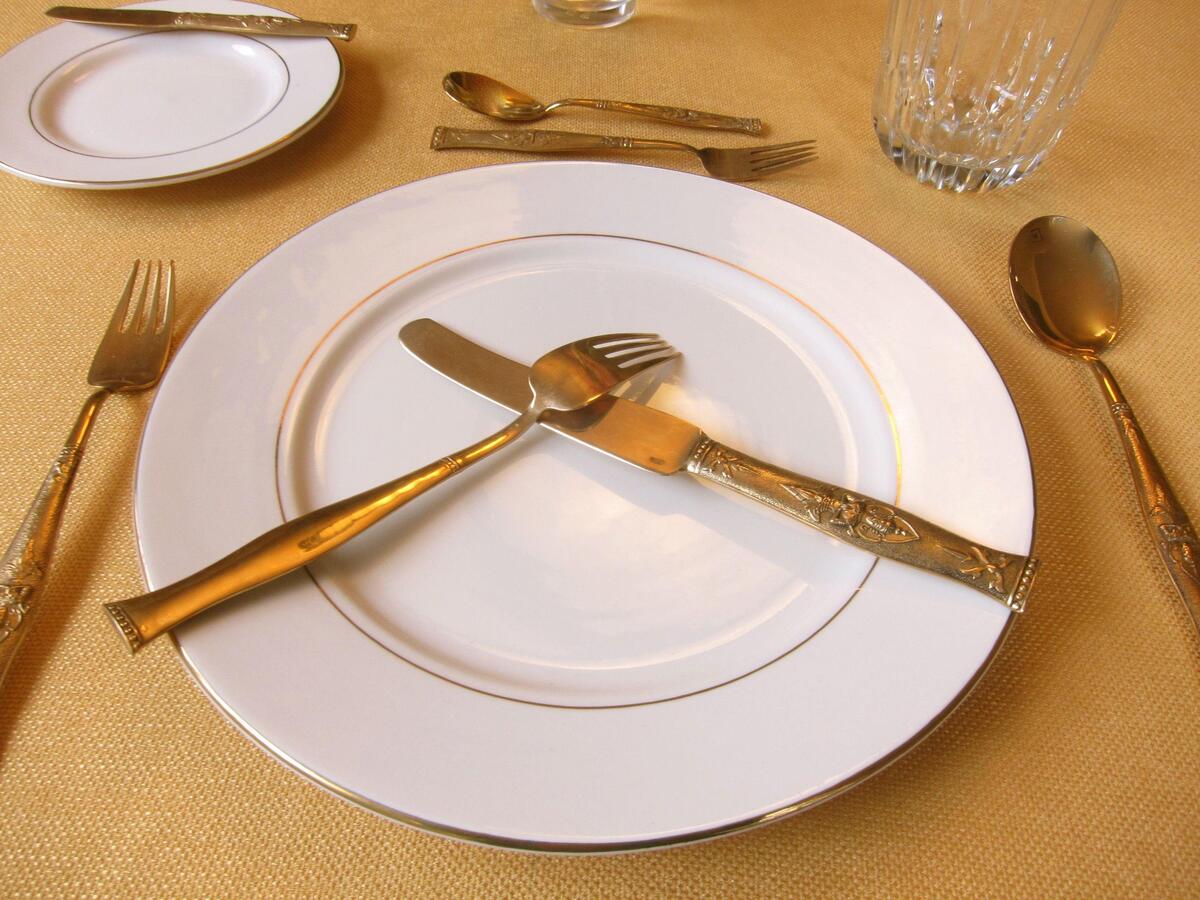


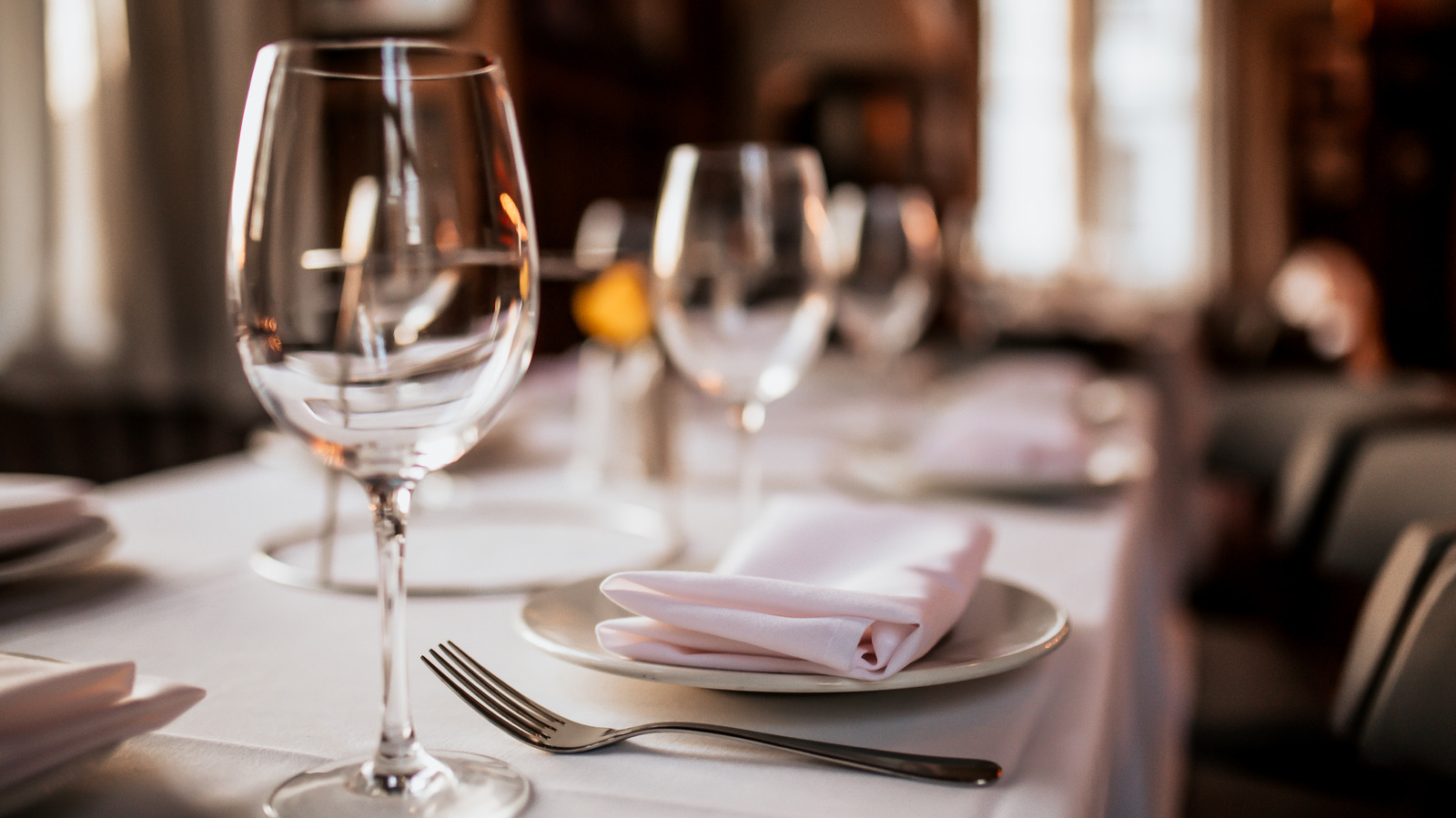
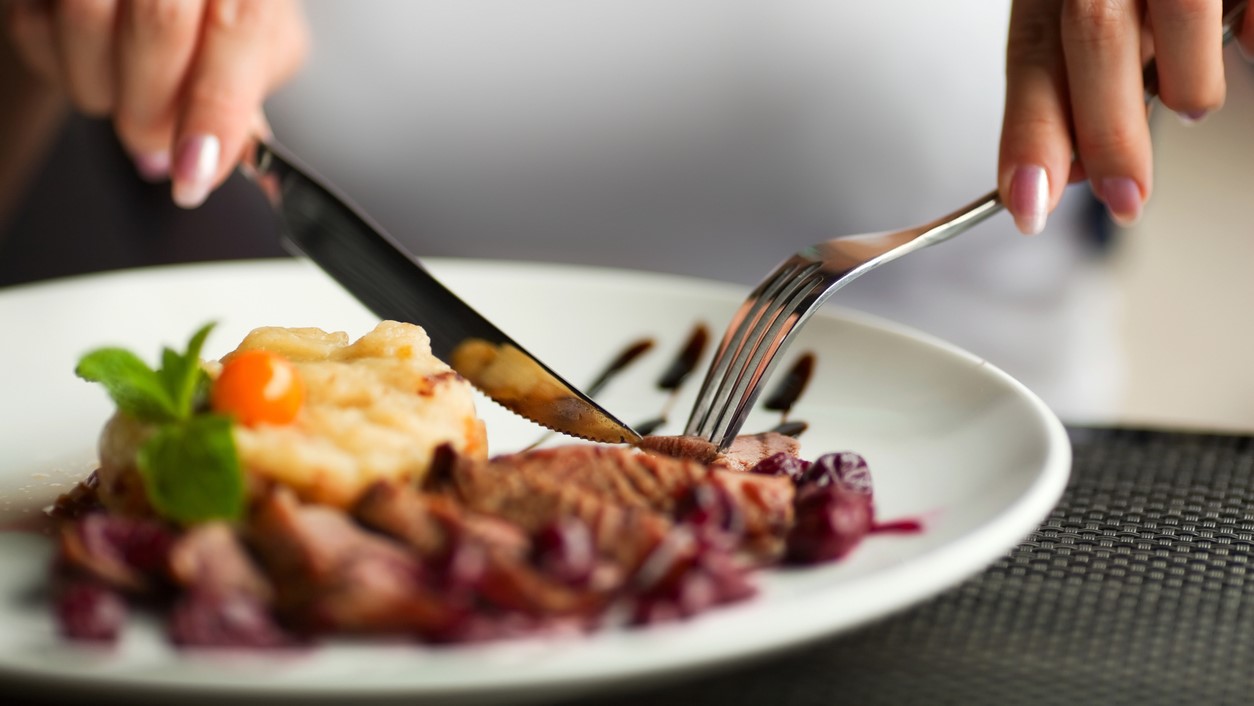


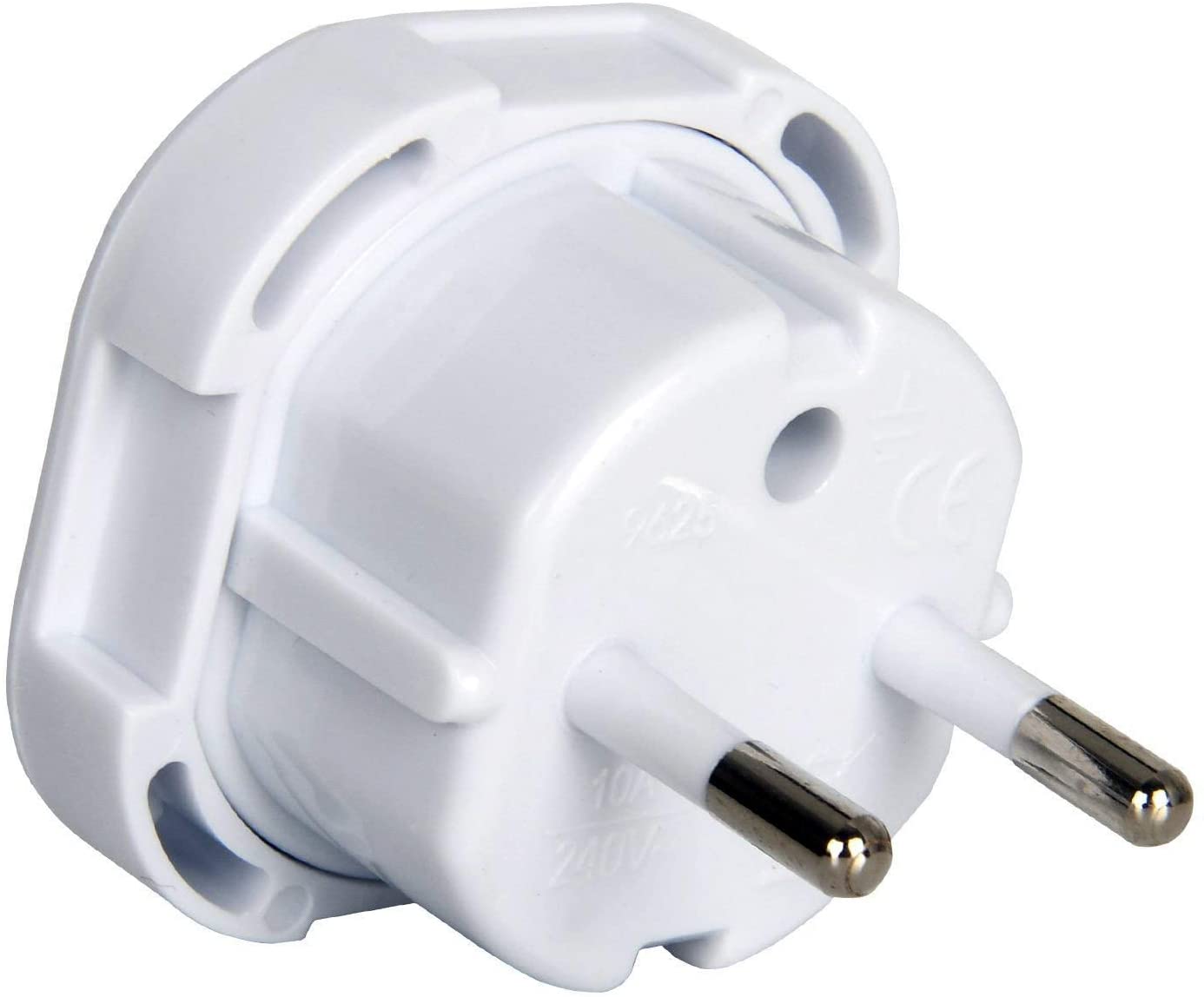

0 thoughts on “What Is Common Table Etiquette In Spain?”